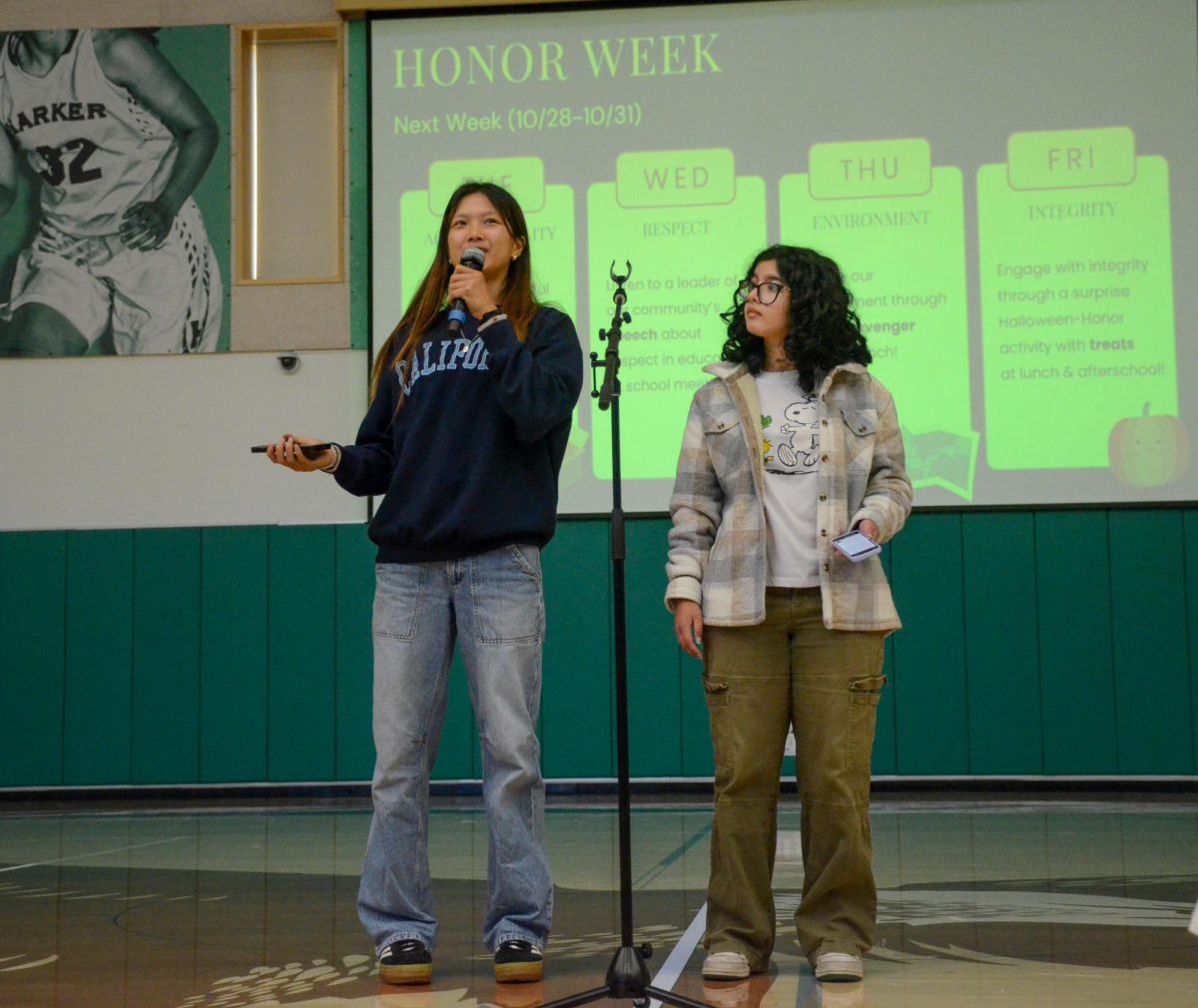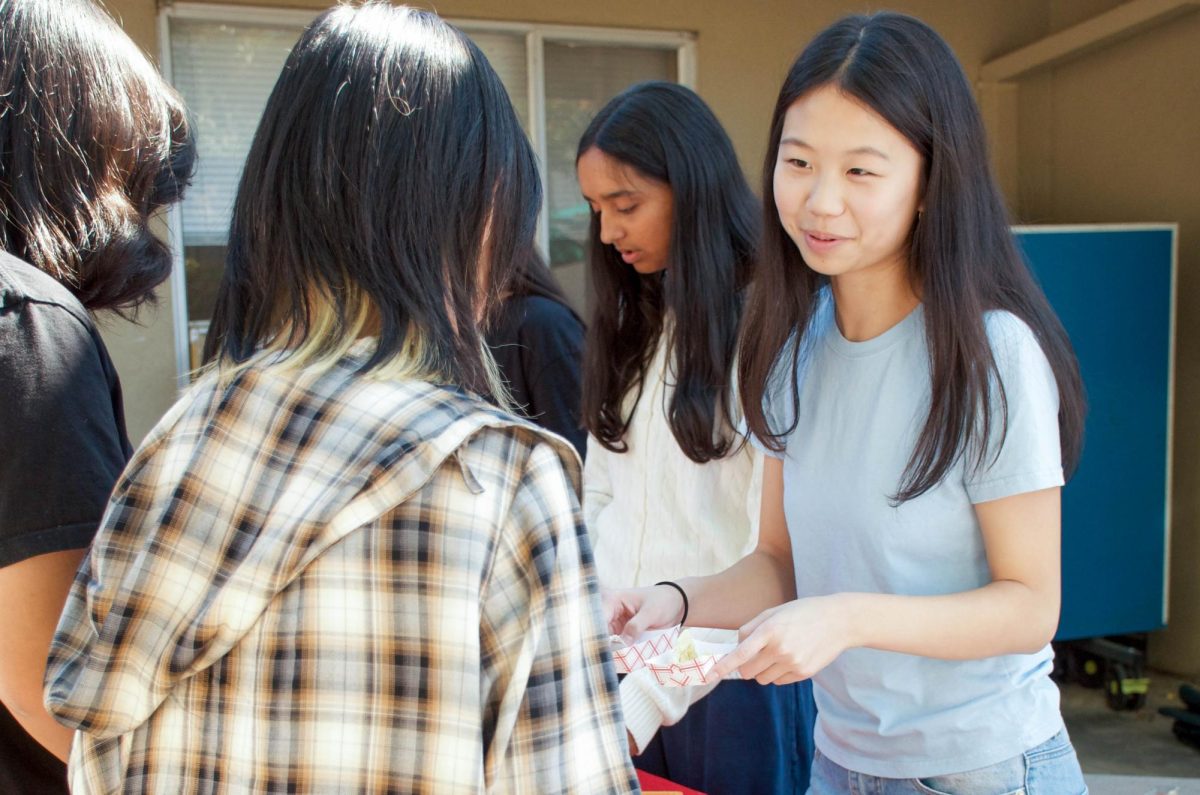This is the first installment of STEM Simplified, a video series in which Aquila staff members break down current STEM events and discoveries. In this episode, STEM Editors Ashley Mo and Jonathan Szeto discuss the recent avian influenza outbreak in the United States and its effects on everyday life.
Ashley: Hi everyone! I’m Ashley.
Jonathan: And I’m Jonathan.
Ashley: And welcome to the first episode of STEM Simplified, where we break down current STEM events or discoveries in a simplified manner.
Jonathan: Today, we’ll be focusing on the bird flu outbreak nationwide.
Ashley: In today’s episode of STEM Simplified, we’ll first start with a brief overview of what the bird flu is and how it spreads, as well as how it impacts day-to-day life. Then we’ll move on to talk about what farmers and authorities are doing right now to stop the spread, how you know if someone has the bird flu, and finally some helpful resources to learn more about the current avian influenza. To start off, what exactly is the bird flu?
Jonathan: The bird flu, also called avian influenza, is similar to the virus that we get in humans but that we know as the flu. Depending on the strain, bird flu may cause the bird to have no symptoms, mild illness, serious illness or maybe even lead to the death of the bird.
Ashley: This is why we’re currently experiencing shortages and higher prices of eggs and milk as well, because the virus has spread to a lot of different types of chickens and cows.
Jonathan: The bird flu is specifically the H5N1 strain of influenza. It was first seen in 1878 in northern Italy, and it was called the fowl plague because of how quickly and seriously it spread. Over the past few centuries, it has spread across the world slowly and in recent decades has been more serious and has occurred in larger outbreaks.
Ashley: As mentioned by Jonathan, this virus is slowly infecting all different states, but it’s especially prevalent in California, Colorado and Washington, and especially in California, there’s the highest level of infection.
Jonathan: Since 2024, there have been 67 reported cases of bird flu infecting humans. However, there’s only been one death so far. So how has the bird flu impacted everyday life?
Ashley: I definitely think this has caused a pretty big impact even in our day-to-day lives. For example, as mentioned earlier, egg prices are definitely going up, with some areas experiencing almost 7 dollars per dozen for egg prices, compared to around 2 dollars last fall.
Jonathan: And these price increases are mostly because of the fact that over 30 million chickens in the U.S. have been culled so far.
Ashley: Even though the risk of infection is relatively low in humans, as we mentioned before, it’s definitely still important to learn about how this infection spreads and if we have the possibility of acquiring the bird flu. Usually the bird flu crosses a species barrier and goes from infected animals to infected humans.
Jonathan: The way that animals actually get the flu is by direct contact, so either by touching other animals, birds or cows that also have been infected by the flu or touching other surfaces that have come in contact with those animals.
Ashley: People usually get the bird flu when they’re working with animals, so this is more common in people who touch or breathe in infected feed or water, and they consequently also touch their face or their eyes and become infected with the bird flu. So what are farmers and authorities doing right now to stop the spread?
Jonathan: According to the California Department of Public Health, the state has started distributing protective gear, so PPE [personal protective equipment], to dairy farm workers and poultry farm workers to protect them from getting infected by the disease. And other states like Georgia have, in fact, established quarantine zones around farms that have infected livestock and poultry. Also, the CDC [Centers for Disease Control and Prevention] is monitoring cases in humans together with state and local health agencies to better protect against the flu.
Ashley: And along with that, given the current prevalence of the bird flu, right now, farmers are conducting more regular checks on crops and animals for symptoms of the bird flu.
Jonathan: How do you know that a human or an animal has the bird flu?
Ashley: Well, most cases in humans are relatively mild, with symptoms like eye redness, a fever, cough and sore throat and other typical symptoms of the human flu.
Jonathan: The time from when a person is infected with the disease to when symptoms actually appear is usually around three days but can vary from two to seven days. It is thought that people are most contagious within the first few days of their illness. Most people who have the bird flu usually have it from around a few days to less than two weeks, but the duration of the illness usually depends on the person and their case, so how severe it is.
Ashley: Lastly, what are some helpful resources to learn more about the bird flu?
Jonathan: One helpful resource is the CDC. On their website, they have the numbers, by state, of infections, so you know which areas are particularly affected by the disease and also some resources on how to protect yourself, signs and symptoms and other useful tips.
Ashley: Especially for those who live in California, one really good resource is the California Department of Public Health, or the CDPH, as it’s updated pretty frequently with stats in different cases in California. Thank you all for listening to the first episode of STEM Simplified.
Jonathan: We hope you learned something new today about the bird flu and about its relevance in our daily lives. I’m Jonathan.
Ashley: I’m Ashley.
Jonathan: And we’ll see you next time.




![LALC Vice President of External Affairs Raeanne Li (11) explains the International Phonetic Alphabet to attendees. "We decided to have more fun topics this year instead of just talking about the same things every year so our older members can also [enjoy],” Raeanne said.](https://harkeraquila.com/wp-content/uploads/2025/10/DSC_4627-1200x795.jpg)


















![“[Building nerf blasters] became this outlet of creativity for me that hasn't been matched by anything else. The process [of] making a build complete to your desire is such a painstakingly difficult process, but I've had to learn from [the skills needed from] soldering to proper painting. There's so many different options for everything, if you think about it, it exists. The best part is [that] if it doesn't exist, you can build it yourself," Ishaan Parate said.](https://harkeraquila.com/wp-content/uploads/2022/08/DSC_8149-900x604.jpg)




![“When I came into high school, I was ready to be a follower. But DECA was a game changer for me. It helped me overcome my fear of public speaking, and it's played such a major role in who I've become today. To be able to successfully lead a chapter of 150 students, an officer team and be one of the upperclassmen I once really admired is something I'm [really] proud of,” Anvitha Tummala ('21) said.](https://harkeraquila.com/wp-content/uploads/2021/07/Screen-Shot-2021-07-25-at-9.50.05-AM-900x594.png)







![“I think getting up in the morning and having a sense of purpose [is exciting]. I think without a certain amount of drive, life is kind of obsolete and mundane, and I think having that every single day is what makes each day unique and kind of makes life exciting,” Neymika Jain (12) said.](https://harkeraquila.com/wp-content/uploads/2017/06/Screen-Shot-2017-06-03-at-4.54.16-PM.png)








![“My slogan is ‘slow feet, don’t eat, and I’m hungry.’ You need to run fast to get where you are–you aren't going to get those championships if you aren't fast,” Angel Cervantes (12) said. “I want to do well in school on my tests and in track and win championships for my team. I live by that, [and] I can do that anywhere: in the classroom or on the field.”](https://harkeraquila.com/wp-content/uploads/2018/06/DSC5146-900x601.jpg)
![“[Volleyball has] taught me how to fall correctly, and another thing it taught is that you don’t have to be the best at something to be good at it. If you just hit the ball in a smart way, then it still scores points and you’re good at it. You could be a background player and still make a much bigger impact on the team than you would think,” Anya Gert (’20) said.](https://harkeraquila.com/wp-content/uploads/2020/06/AnnaGert_JinTuan_HoHPhotoEdited-600x900.jpeg)

![“I'm not nearly there yet, but [my confidence has] definitely been getting better since I was pretty shy and timid coming into Harker my freshman year. I know that there's a lot of people that are really confident in what they do, and I really admire them. Everyone's so driven and that has really pushed me to kind of try to find my own place in high school and be more confident,” Alyssa Huang (’20) said.](https://harkeraquila.com/wp-content/uploads/2020/06/AlyssaHuang_EmilyChen_HoHPhoto-900x749.jpeg)










